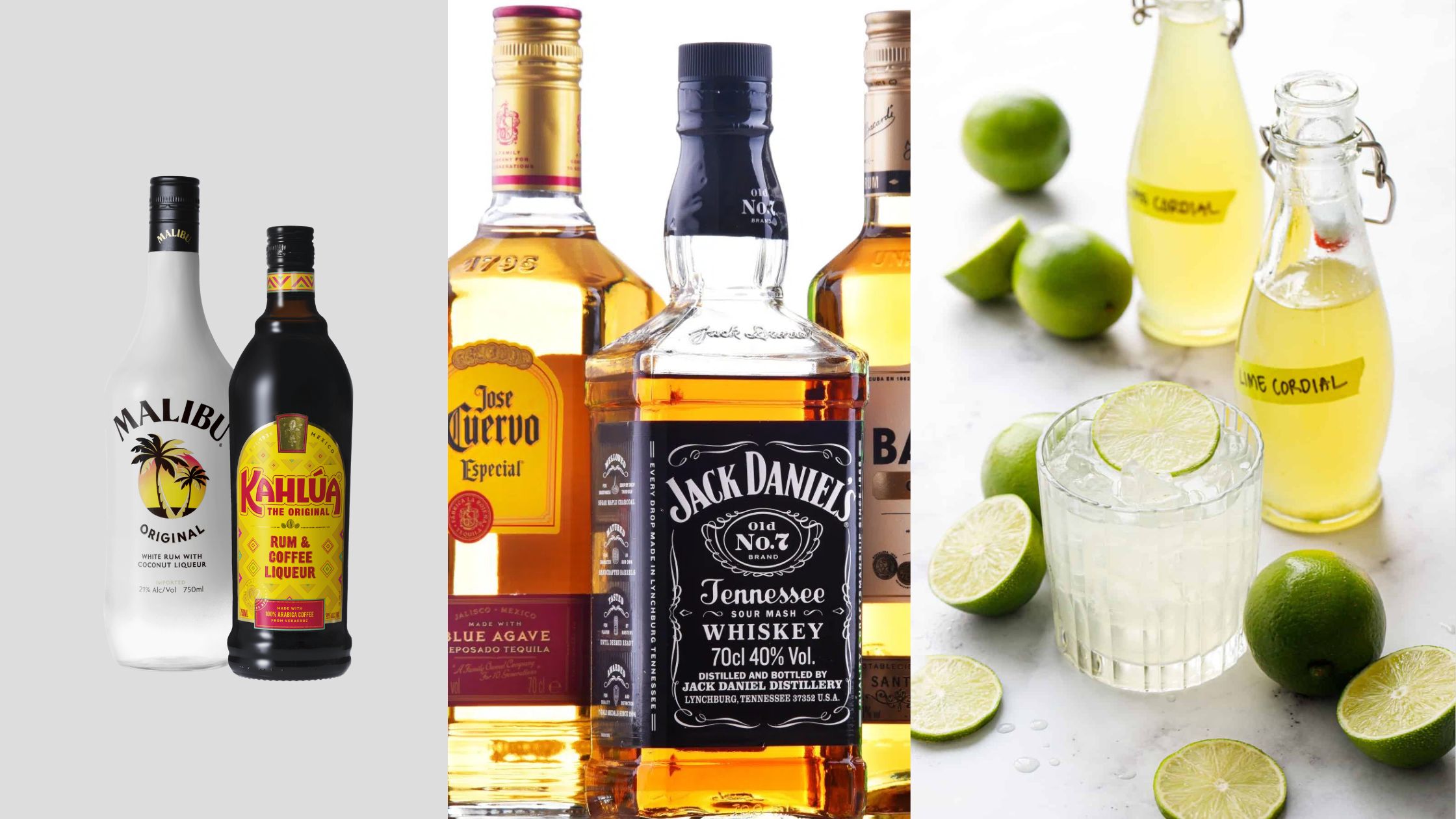History of Whisky: From Monastic Roots to Global Fame
2025-06-03

_1754483392.jpg)
Have you ever thought about what distinguishes a liqueur from a regular spirit? It’s not just about sweetness or flavor—it’s about a particular process using certain criteria that transforms a neutral base into something layered, luscious, and complex. Whether you're consuming Irish Cream because it’s a Monday, having a splash of Triple Sec in a cocktail, or ogling a green glow of Chartreuse, you're consuming a manufactured history steeped in history and governmental scrutiny.
In this deep dive we’re going to discuss a definition of liqueur & give you the technicals, if you will, which include everything from sugar content and flavoring process to alcohol laws and misconceptions. Let's get into it.
A liqueur is a sweetened, flavored spirit that meets manufacturing and compositional specifications. Unlike simply flavored spirits, like vodka or whisky, a liqueur must be produced by adding sugar and one or more flavoring agents, such as herbs, spices, fruits, or cream.
A liqueur is built on a distilled base (often neutral like vodka or presenting some complex character like brandy), then flavored and sweetened to fit legal specifications. Although the flavor spectrum can be herbal and medicinal (consider Bénédictine) to dessert-like (like Baileys Irish Cream), they share one critical unifying thing: they are intentionally sweet and flavored, as a liqueur should be.
Liqueurs are not just "flavored spirits"; there are certain levels they must meet—especially in regard to sugar.
Sugar is a defining characteristic of liqueurs. Globally, regulations vary, but they all require a significant amount of sugar to classify a beverage as a liqueur.
Most commercial liqueurs have between 20 and 40 grams of sugar for every 100 ml, which is equivalent to, say, a soft drink or dessert wine. Additionally, the sugar is not just for flavor but also an element to regulate taxes, as well as sale and labeling.
Liqueurs can include an astonishing variety of flavor sources. Here are some of the most common:
These ingredients are typically extracted via maceration, infusion, or distillation; this will depend on the desired strength and aroma of the product. There are some liqueurs, Chartreuse is a classic example—that have recipes that contain over 130 ingredients, many of which remain classified as their trade secrets.
The production of liqueurs is equal parts science and artistry. Here’s how it typically works:
The final alcohol content of a liqueur must meet minimum thresholds (often 15% ABV) but can be higher depending on the brand and style.

Short answer: Not always, but often. Here’s how the terminology breaks down:
Yes, a "cordial" is often a liqueur (especially in American cocktail bars) -- but always check the context! For example, Crème de Cassis (French blackcurrant liqueur) is labelled as a liqueur and cordial in different countries.
Let’s look at some famous liqueurs and what makes them fit the definition:
|
Liqueur |
Base |
Flavor Profile |
Sugar (approx.) |
ABV |
|
Amaretto |
Neutral/brandy |
Almond (bitter apricot kernels) |
~25g/100ml |
21–28% |
|
Baileys |
Irish Whiskey |
Cream, cocoa, vanilla |
~20g/100ml |
17% |
|
Grand Marnier |
Cognac |
Orange peel, vanilla |
~30g/100ml |
40% |
|
Cointreau |
Neutral spirit |
Triple orange peel (bitter/sweet) |
~30g/100ml |
40% |
|
Chartreuse |
Neutral spirit |
130+ herbs and botanicals |
~25g/100ml |
55% |
Each of these liqueurs has a high sugar content, unique flavoring, and a clearly defined production method, all of which qualify them as true liqueurs under law.
Sure. Certain liqueurs, such as Grand Marnier and Cointreau, have an ABV of 40%, the same strength as many whiskies or vodkas. The difference is not about strength, it is about liqueurs having sugar and flavored added, not just strength.
Yes, by definition, a liqueur must be sweetened. Unsweetened flavored spirits (like some gins or aquavits) are not considered liqueurs.
No. While they’re popular mixers, many liqueurs are served neat, over ice, or even in cooking. Think: Tiramisu with coffee liqueur or Crêpes Suzette with orange liqueur.
Kahlúa is a liqueur—it contains sugar, coffee extract, and a rum base.
|
Requirement |
Liqueur Standard |
|
Base Alcohol |
Distilled spirit (vodka, rum, brandy) |
|
Sugar Content |
Minimum 100g/L (EU); varies globally |
|
Flavorings |
Herbs, spices, fruits, creams, extracts |
|
ABV Range |
Typically 15–40% |
|
Production |
Maceration, percolation, redistillation |
|
Examples |
Amaretto, Grand Marnier, Baileys |
Liqueurs are much more than sweetened spirits; they are examples of craftsmanship, tradition, and chemistry. From an herbal elixir made by monks to a modern dessert-inspired sip, liqueurs tell significant stories about the breadth of flavor traditions across the globe.
The next time you're pouring some Chambord in your champagne or warming up with an Irish Cream on a winter's night, remember: it's more than just something to drink—it's a product of regulation, artistry, and sweetened science.
Read Also: What is the Best Way to Drink Whisky: Neat, With Ice, With Water, or in Cocktails?